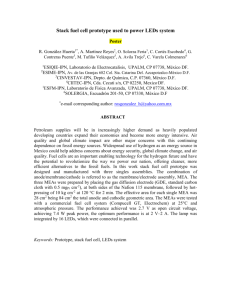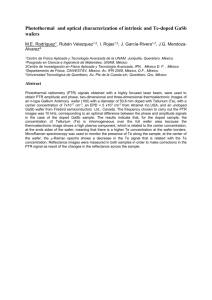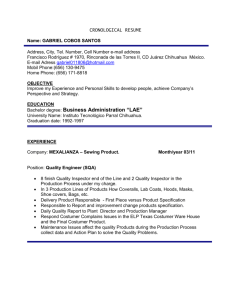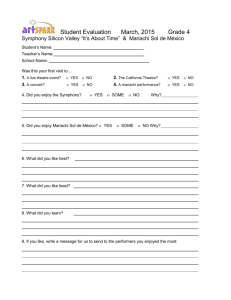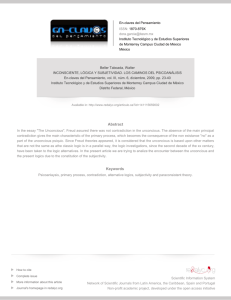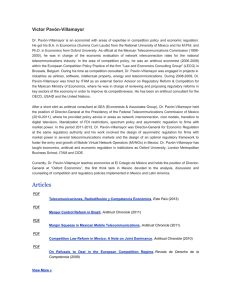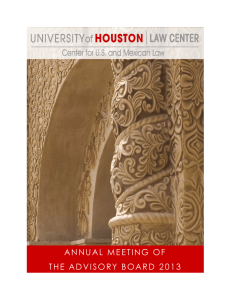A REVIEW CONCEPT OF MARKETING INFORMATION SYSTEM
advertisement
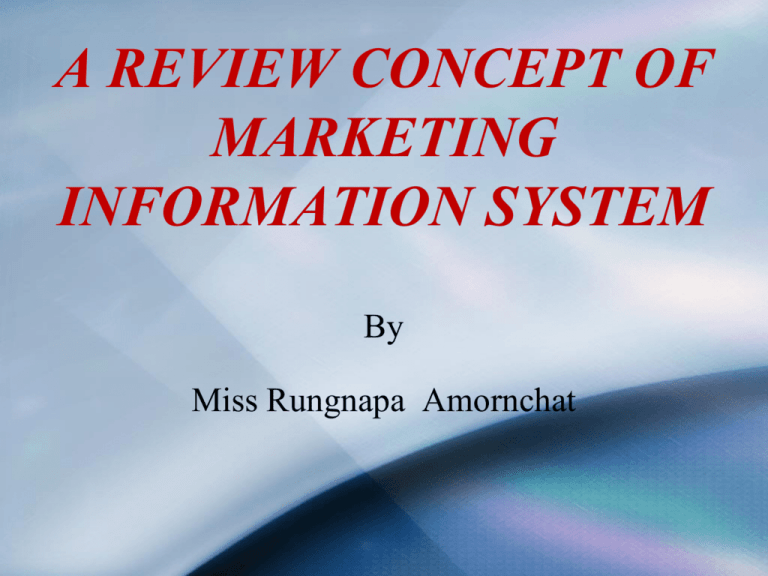
A REVIEW CONCEPT OF MARKETING INFORMATION SYSTEM By Miss Rungnapa Amornchat Miss Rungnapa Amornchat • Education – Bachelor of Accounting , Siam University – Master of Business Administration major General Management , Bansomdejchaopraya Rajabhat University – Now study Doctoral Business Administration in Marketing , Siam University • Work position – Freeland in account and set up company’s system • Contact e-mail : sutaphant@hotmail.com sutaphant@gmail.com or Issues today • • • • • • • Introduction Review of related literature Methods and procedures Finding and conclusion Discussion and implication Summary Reference Introduction • Wholesale and retail business in Thailand • Develop conceptual model for integrate MKIS • Examine the concept of MKIS Review of related literature Model : Kotler P. (2003) Review of related literature (con’t) Model : Kotler P. (2003) Review of related literature (con’t) Model : Burns, A. & Bush, R. (1995) Methods and procedures • The qualitative method • The technique of documentary review • The data analysis was not statistical Finding and conclusion • Opportunity areas were found with a strong potential • The tendencies of the national and international markets • Support in formulating their strategies based on information specific • Support in the formulation of planning the marketing strategies Discussion and implication • Focus on different industry sectors to identify specific opportunity areas • MKIS at all levels, but not all the types of information belong to each of the systems • This study shows that the scope of the MKIS is considerable • Better support with purposely sought and relevant information Summary Reference • • • • • • • • • Amaravadi, C. (1995). Intelligent marketing information systems: Computerized intelligence for marketing decision making. Marketing Intelligence & Planning, 13(2), 4–13. Ansoff, I., Declerck, R., & Hayes, R. (1990). El planteamiento estratégico. México, D.F., México: Trillas. Ashill, N., Frederikson, M., & Davies, J. (2003). Strategic marketing planning: A grounded investigation. European Journal of Marketing, 37, 430–460. Ashill, N., & Jobber, D. (2002). Defining marketing information needs: An exploratory study of senior marketing executives. Journal of Business and Management, 8(2), 165–179. Brien, R., & Stafford, J. (1968). Marketing information systems: A new dimension for marketing research. Journal of Marketing, 32(3), 19–23. Burns, A., & Bush, R. (1995). Marketing research. New Jersey, USA: Prentice Hall. Cassell, C., & Symon, G. (2006). Taking qualitative methods in organization and management research seriously. Qualitative Research in Organizations and Management: An International Journal, 1(1), 4–12. Cox, D. F., & Good, R. E. (1967). How to build a marketing information system. Harvard Business Review, 45(3), 145–154. Hair, J., Bush, R., & Ortinau, D. (2003). Investigación de mercados (2nd ed.). México D.F., México: McGraw-Hill. Reference (con’t) • • • • • • • • • • Hanson, D., & Grimmer, M. (2007). The mix of qualitative and quantitative research in major marketing journals, 1993–2002. European Journal of Marketing, 41, 58–70. Hernández, R., Fernández, C., & Baptista, P. (2006). Metodología de la investigación. México, D.F., México: McGraw-Hill. Hewson, N., & Hewson, W. (Eds.). (1994). The impact of computerised sales and marketing system in the UK (4thed.). Buckinghamshire, England: HCG. Hill, C.,& Jones, G. (2005). Administración estratégica.México, D.F., México: McGraw-Hill. Javidan, M. (1998). Core competence: What does it mean inpractice? Long Range Planning,31(1), 60–70. Johnson, G., & Scholes, K. (1993). Exploring corporate strategy (3rd ed.). New York:Prentice Hall. Kotler, P. (1991). Marketing management: Analysis, planning, implementation, and control (4th ed.). New Jersey, USA:Prentice Hall. Kotler, P. (2003). Marketing management (11th ed.). New Jersey, USA: Prentice Hall. Little, J. (1979). Decision support system for marketing managers. Journal of Marketing, 11, 9–27. Lynch, E. (1994). Only connect: The role of marketing and strategic management in the modern organization. Journal of Marketing Management, 10, 527–42. Reference (con’t) • • • • • • • • • Malo, K., & Marone, M. (2002). Corporate strategy requires market research. Marketing News of the American Marketing Association, 14–16. McCarthy, B., & Leavy, B. (2000). Phases in the strategy formation process: An exploratory study of Irish SMEs. Journal of the Irish Academy of Management, 21(2), 55–80. Mintzberg, H., & Quinn, J. B. (1993). El proceso estratégico. México, D.F., México: Prentice Hall. Moriarty, R. T., & Swartz, G. S. (1989). Automation to boost sales and marketing. Harvard Business Review, 67(1), 100–108. Porter, M. (1992). Estrategia competitiva. México, D.F., México: Compañía Editorial Continental S.A. Proctor, R. A. (1991). Marketing information system. Management Decision, 29(4), 55–60. Stone, M., & Shaw, R. (1987). Database marketing for competitive advantage. Long Range Planning, 20(2), 12–20. Talvinen, J. (1995). Information systems in marketing. European Journal of Marketing, 29(1), 8–26. Thompson, A., Strickland, A, III, & Gamble, J. (2005). Crafting and executing strategy: The quest for competitive advantage. New York: McGraw-Hill. Reference (con’t) • • • • • • Varadarajan, R., & Jayachandran, S. (1999). Marketing strategy: An assessment of the state of the field and outlook. Journal of the Academy of Marketing Science, 27(2l), 120–143. Webster, F., Jr. (1992). The changing role of marketing in the corporation. Journal of Marketing, 56(4), 1–17. White, C., Conant, J., & Echambadi, R. (2003). Marketing strategy development styles, implementation capability, and firm performance: Investigating the curvilinea impact of multiple strategy-making styles. Marketing Letters, 14, 111–124. Wilson, M., & McDonald, M. (1994). Critical problems in marketing planning: The potential of decision support systems. Journal of Strategic Marketing, 2, 249–269. Xianzhong, M. X. (1999). The strategic orientation of marketing information systems – An empirical study. Marketing Intelligence & Planning, 17(6), 262–275. Zabriskie, N., & Huellmantel, A. (1994). Marketing research as a strategic tool. Long Range Planning, 27(1), 107-118. Question & Answer Thank you for attention

